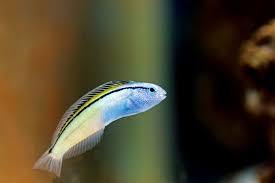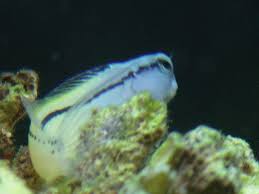
Pineapple, a tropical fruit loved for its sweet and tangy flavor, is a popular choice among humans. However, when it comes to offering pineapple to our feline friends, questions arise about its safety and potential risks. In this article, we’ll delve into the evaluation of whether pineapple is safe for cats and explore the potential risks that may arise when they consume this fruit.
**1. **Nutritional Profile of Pineapple:**
Pineapple is rich in vitamins, minerals, and antioxidants that can be beneficial for humans. However, it’s essential to understand that the nutritional needs of cats differ significantly from those of humans. Cats are obligate carnivores, and their primary dietary requirements are met through high-quality meat-based cat food.
**2. **Digestive Challenges:**
One of the main concerns associated with feeding pineapple to cats is their ability to digest it. Pineapple contains natural sugars and fiber, which may be challenging for some cats to process. The high sugar content could potentially lead to digestive upset, including diarrhea.
**3. **Potential Allergic Reactions:**
Cats, like humans, can have allergies to certain foods. Introducing a new food item, such as pineapple, increases the risk of potential allergic reactions. Watch for signs such as vomiting, diarrhea, or behavioral changes after offering pineapple to your cat.
**4. **Choking Hazard:**
The tough and fibrous texture of pineapple may pose a choking hazard to cats, especially if not cut into small, manageable pieces. Always ensure that pineapple is peeled, cored, and cut into cat-friendly portions to prevent choking incidents.
**5. **Moderation is Key:**
If you decide to offer pineapple to your cat, do so in moderation. Small, infrequent amounts can help minimize the risks associated with digestion and potential allergic reactions. Moderation is crucial to prevent overconsumption of sugars and fibers.
**6. **Canned or Fresh Pineapple:**
If you choose to include pineapple in your cat’s diet, consider whether to offer fresh or canned pineapple. Fresh pineapple should be prepared carefully to remove the outer skin and core. Canned pineapple, if chosen, should be in natural juice without added sugars.
**7. **Consulting with a Veterinarian:**
Before introducing pineapple or any new food into your cat’s diet, consult with your veterinarian. They can provide guidance based on your cat’s individual health needs, dietary requirements, and potential sensitivities.
**8. **Observing Behavioral Changes:**
Pay close attention to your cat’s behavior and well-being after consuming pineapple. If you notice any adverse reactions or changes in behavior, discontinue offering pineapple and seek guidance from your veterinarian.
**Conclusion:**
While pineapple can be a delicious and nutritious treat for humans, its suitability for cats is a topic that requires careful consideration. As responsible cat owners, it’s crucial to weigh the potential risks associated with pineapple consumption and make informed decisions about including it in your cat’s diet. Consulting with a veterinarian and monitoring your cat’s response are essential steps in ensuring their safety and well-being when introducing new foods like pineapple.










